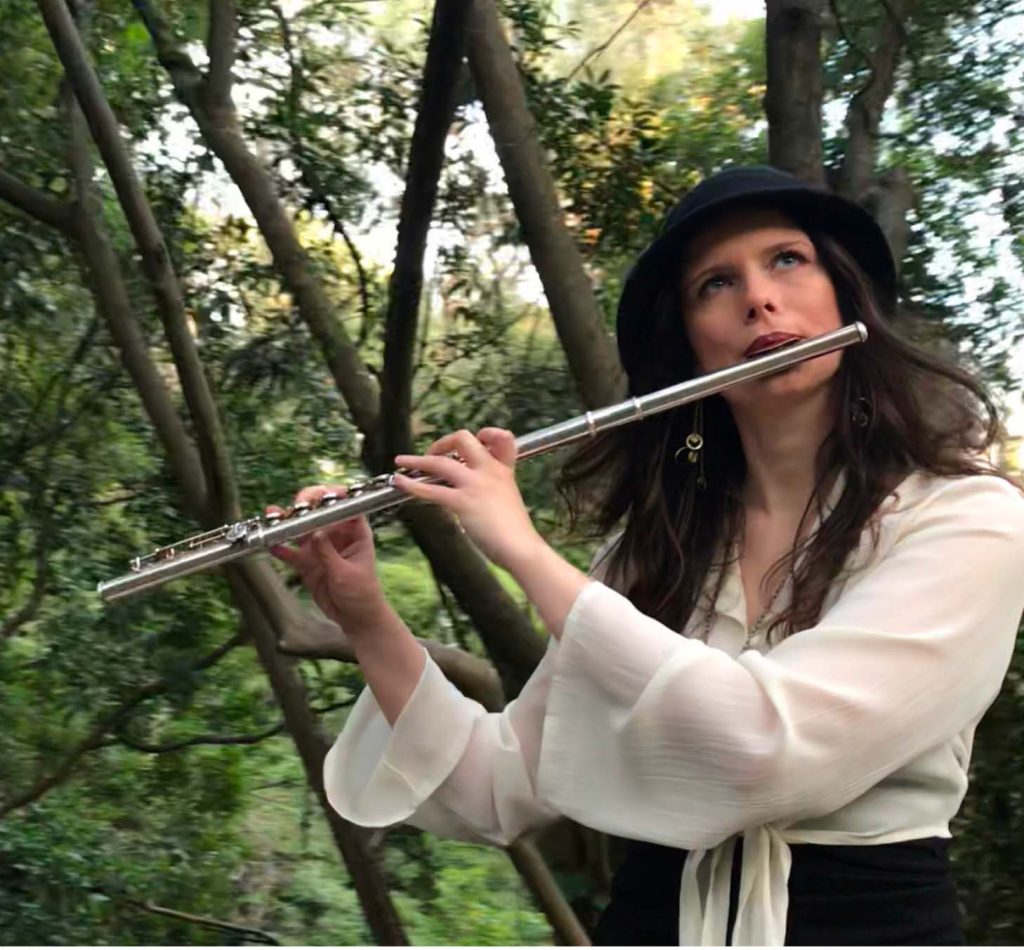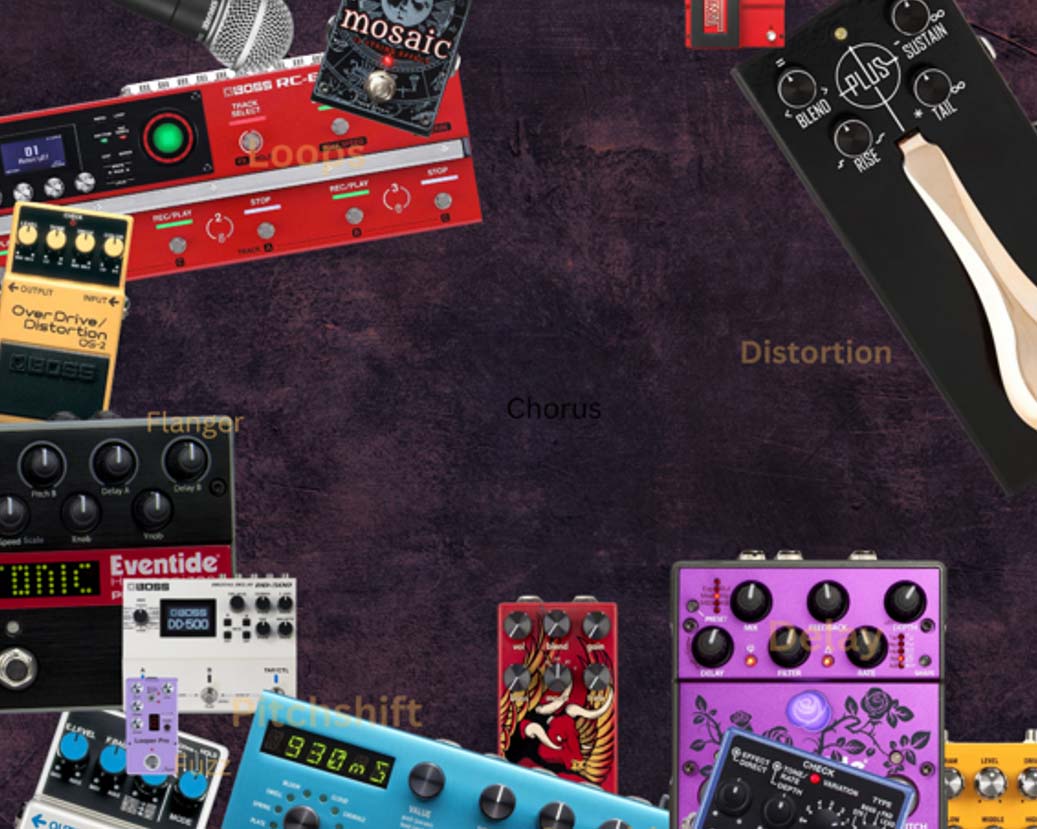
Publicly Christian
As an artist, I have experienced much apprehension in relation to sharing my faith publically. Many times I have felt

This is for everyone who has “um..ed” and “arh…ed” about which level of flute they should purchase.
Each different level of flute is specifically designed for a different purpose. Much like formula one cars are designed for one type of driving while a Honda Jazz is made for another. Different does not mean necessity mean better it simply caters to a different need.
With each different type of flute the features change and so does the price tag. It’s important to get the flute that is best going to suit your current playing needs. There is no benefit in playing a model that is more advanced than your skill range; if anything, it will make your flute playing journey far more challenging and expensive.
Thanks to a new line of Nuvo students flutes kids as young as 5 and 6 are now able to start learning flute. Nuvo flutes are well made and come in a variety of sizes from the Tute to a full size instrument. They also make curved and donut headjoints so that little hands can reach the keys. All the nuvo flutes are made from plastic making them stonger and cheaper to produce. Nuvo also developed an alternative embouchure plate which allows anyone who can blow to produce a sound. These instruments however will only last you for the first few years of playing. The best time to upgrade to a nickle/silver student flute is around age 10 or 11. If you start learning flute at age 10 or 11 you can go straight onto a standard student flute.
Please don’t start off on a piccolo. Even though the instrument is physically smaller than the flute and uses many of the same techniques it is harder to produce a sound on and can cause long term hearing damange to young, developing ears. The recommended starting age for piccolo is 15 or 16.
The Nuvo flutes are available on Amazon. The ‘recorder’ model is great for 4-5 year olds. But aim to get your students onto the ‘Flute’ model as soon as possible.
Keep in mind that we may receive commissions when you click our links and make purchases. However, this does not impact our reviews and comparisons. We try our best to keep things fair and balanced, in order to help you make the best choice for you
Student flutes have a hand full of features that are essential for beginner flautists. However these same feature can be a limitation for intermediate to advanced players. Beginner flutes are designed to be both durable and cost effective. They (provided you get a good one) they make an enjoyable sound but higher-level flutes will produce sound of a markedly higher quality. The materials used on higher level flutes are too expensive and delicate for the hands of even the most careful children. While it’s definitely not a good idea to drop your flute student flutes should withstand some knocks before needing repair.
Made of
Most student flutes that are made from Nickle with silver plating.
Cost
At the moment in Australia your looking at about $400 for a second-hand student flute (give or take $100) or $700-$1000 for a brand-new flute. Any higher than that and you end up paying for features you don’t and won’t need.
Standard or Good Features to Look for
Understanding the Split E Mechanism
Closed or Open Hole Flute
The Ultimate Guide to Purchasing Your First Flute

On average students will progress through 1 AMEB grade per year (there are of course exceptions). It’s usually time to start thinking about looking at upgrading your flute between AMEB grades 5-8. This is when examiners start looking at things like intonation and tone. And students can be limited by the sound capabilities of their instrument. They are also at a stage when they can start exploring repertoire that uses open holes, a feature that very few student flutes have.
Intermediate/step up flutes are great because they are still price considerate, can be sold second hand without too many issues and you shouldn’t need to upgrade again unless you take your playing to a professional level.
Made of
A good intermediate/step-up flute will have a solid silver headjoint with either a solid silver body or a silver-plated nickel body. Both will drastically improve your sound and may give students the added motivation and enjoyment they need to put in the extra practice time that the higher grades require
Cost
To purchase an intermediate/step up flute you will be looking at somewhere between $2,000 – $5,000. This is why we recommend students/parents start thinking about upgrading around grade 5 AMEB so that by the time they reach 8th grade they are ready to purchase one.
Standard or Good Features to Look for
In Australia you can get by with an intermediate flute during your undergraduate study. Although students fortunate enough to have the money, reap many benefits from swopping to an advanced model sooner. They also become the envy of all their peers. But basically, if you are planning to continue and pursue postgraduate flute studies or a career as a flautist you will need and probably want to upgrade to a professional flute.
Professional flutes are all hand-made. When purchasing a professional flute it is your responsibility to try as many flutes as possible. Keep trying flutes until you have worked out exactly what you are looking for in a flute. It will also help if you know what style of music you want it to play. A flutist who specialises in Baroque music will have very different requirements to one who focuses on 20th/21st century repertiore.
Made of
Professional flutes can be made from gold, silver, platinum and wood. There is a lot of debate surrounding which is the best material to use but at the end of the day it is up to the discretion of the flautist and their wallet.
Cost
A professional flute can cost a small fortune and may even be the equivalent of a small house. Typically, professional flutes start at around $7,000 and then they just keep going up and up. I’ve seen some that were going for over $40,000 definitely not the sort of thing you want to give your 7-year-old son to learn on.
Standard or Good Features to Look for
At this point in time it is the flautist choice. When you are paying this much you can have anything you want including engravings on the lip plate and keys. (Although that will cost extra and serves no purpose other than looking pretty.)
Some of the Feature you will need to consider include:
If you reach a point in your flute playing journey where you are semi-professional, can’t justifying buying a professional flute but really want something more, you can look into upgrading just your headjoint. This can drastically improve the sound of your instrument while not completely killing your wallet. But remember never buy until you try!

As an artist, I have experienced much apprehension in relation to sharing my faith publically. Many times I have felt

With the right combination of music equipment, anything is possible. The Techie Flutist turns your ordinary flute into a polyphonic electric
To receive practise tips, tutorials, specials and all the latest news please sign up for our newsletter. The Techie Flutist Newsletter only goes out once a month and ensure you to never miss out on a concert or special event.
like, follow and subscribe
The Techie Flutist, 2024. All RIghts Reserved.